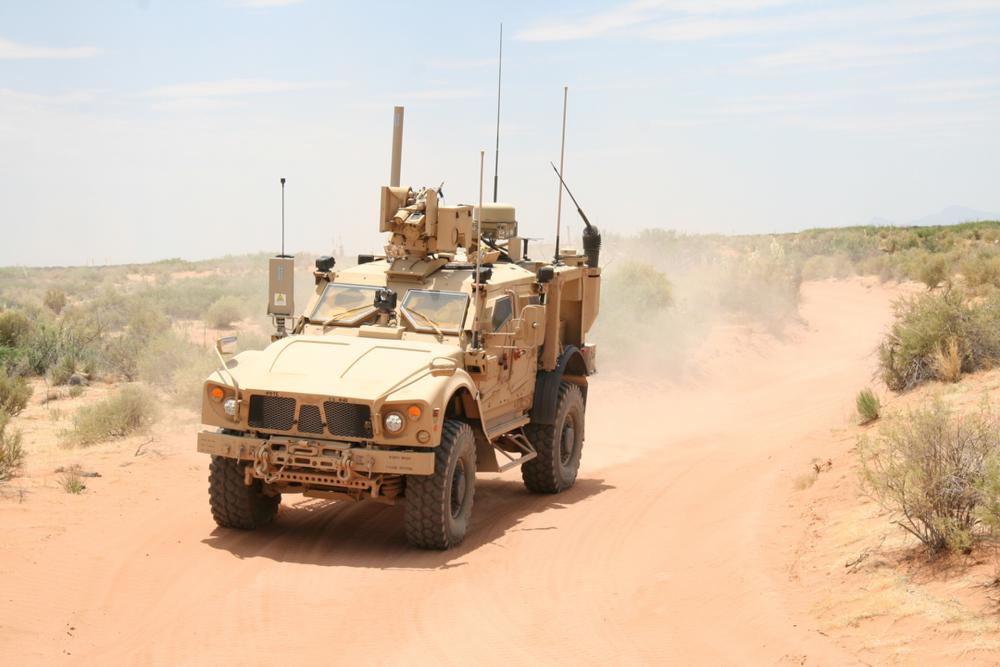Army realigns funding for TITAN, its next-generation ground station for deep sensing

The Army is realigning millions of procurement dollars to research and development for its next-generation ground system to collect and disseminate sensor data, a key pillar for one of the service’s top priorities for so-called deep sensing.
Budget documents from last year projected the Army spending $298.9 million in procurement for fiscal 2024 for the Tactical Intelligence Targeting Access Node (TITAN). However, fiscal 2024 budget documents provide no procurement funding for TITAN.
“The funding TITAN required for the prototyping program was realigned to RDT&E appropriate for the needs of the TITAN MTA Rapid Prototyping program,” an Army spokesperson told DefenseScoop. “There was a great deal learned about TITAN after PB23 was submitted that led to the Army’s request to realign funding in FY23 from Procurement to RDT&E (which was enacted through the FY23 NDAA and Appropriations Act) and led to changes in funding presented in FY24 and beyond.”
The total cost of the TITAN Middle Tier of Acquisition is $486 million in research and development funding from fiscal 2022 to 2026, which is funded across future years, budget documents state.
Specific research and development funding for TITAN falls under several efforts to include the program itself as well as low Earth orbit efforts, all aimed at continued development, fielding efforts and integration into future capabilities.
The Army is making deep sensing a key priority. With the shift to great power competition, the military will have to operate over much larger distances. As such, it will need to sense and conduct targeting over thousands of miles.
“If we’re going to do long-range precision fires, you need to do long-range precision targeting. In order to do that you have to have deep, deep sensing, and when we look at it, we’re looking at an array of capabilities,” Gen. James McConville, chief of staff of the Army, told reporters in March.
Army Secretary Christine Wormuth stated last month listed long-range sensing as the first of her six operational imperatives.
“The first operational imperative for the Army of 2030 is really to be able to see and sense farther and more persistently at every level across the battlefield than our enemies,” she said at the annual McAleese and Associates Defense Programs Conference in March. “We’ve got to be able to collect and analyze unprecedented quantities of raw data from many different sources and that’s why we are modernizing our aerial intelligence, surveillance and reconnaissance capabilities. We’re building this really into a family of systems that will include our [High Accuracy Detection and Exploitation System] program, the Terrestrial Layer System and TITAN.”
The Army budget references divestments for aerial ISR modernization, namely the Air Reconnaissance Low, the RC-12 Guardrail, and Enhanced Medium Altitude Reconnaissance and Surveillance System (EMARSS).
These divestments are making room for something called the Multi-Domain Sensing System, which primarily includes HADES.
HADES will likely be a high-altitude fixed-wing jet the Army is developing to replace several systems and will cover mid-tier altitudes up to the stratosphere. There are several pre-prototype efforts involved with the program to help inform the final design.
The Army is requesting $191.3 million in research and development funding for HADES in fiscal 2024.
“We’re looking at that and we really got an array of ISR capabilities that we want to knit together and some of that is on the joint side, some of that is with us and that’s where the whole sense of convergence comes in where we’ve got a lot of sensors, data, the real secret sauce, if you will, is how do we bring that data into some type of integrated command system and then quickly be able to move it to the appropriate shooter effects mechanisms,” McConville said.
The Terrestrial Layer System is broken into two systems: one for brigades and one for echelons above brigades. The above-brigade variant is designed for long-range sensing in the electromagnetic spectrum.






